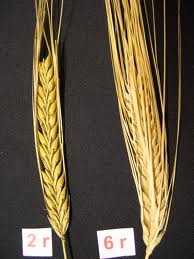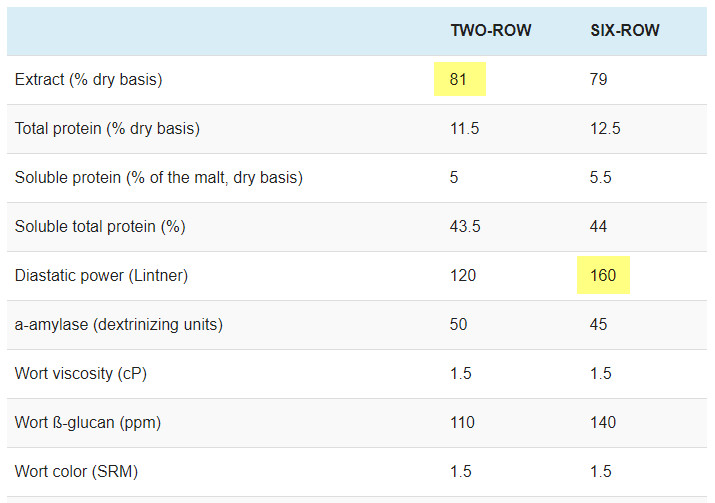theowlman16
Well-Known Member
Just picked up grain to do a Golden Monkey clone. I got Belgian 2 row. Realized recipe called for Belgian Pilsener (2 row). Are these the same thing? If not, will I notice?














![Craft A Brew - Safale S-04 Dry Yeast - Fermentis - English Ale Dry Yeast - For English and American Ales and Hard Apple Ciders - Ingredients for Home Brewing - Beer Making Supplies - [1 Pack]](https://m.media-amazon.com/images/I/41fVGNh6JfL._SL500_.jpg)



Just picked up grain to do a Golden Monkey clone. I got Belgian 2 row. Realized recipe called for Belgian Pilsener (2 row). Are these the same thing? If not, will I notice?
The term "2 row" is not descriptive. Pils malt is also 2 row. The better term (as described above) is to use Pils and Pale malt. The difference is their color rating.
Agreed. Even Weyermann has an Extra Pale malt that clocks in around 1.2L, so the naming confusion abounds. However, since pilsner beer was created by the kilning breakthroughs that led to the very light colored malt that creates pilsner beer, it seems appropriate that the term pilsner malt should be left to the lightest kilned malts. In my opinion, pale malt should refer to base malt kilned to above 2.5L.
The term "2 row" is not descriptive. Pils malt is also 2 row. The better term (as described above) is to use Pils and Pale malt. The difference is their color rating.


